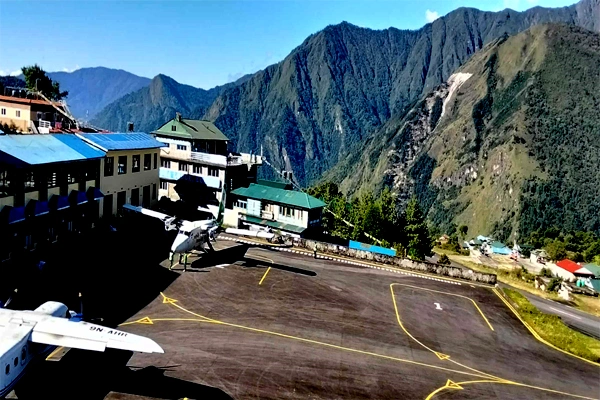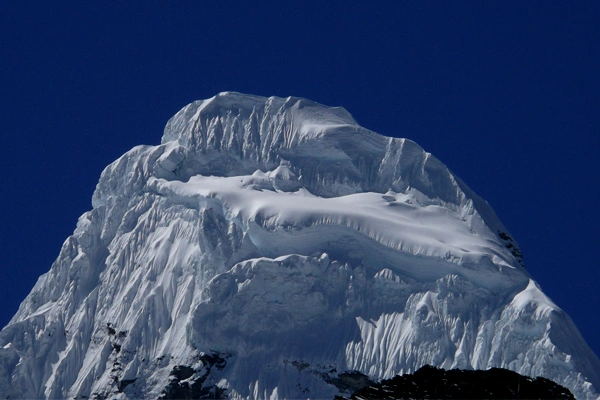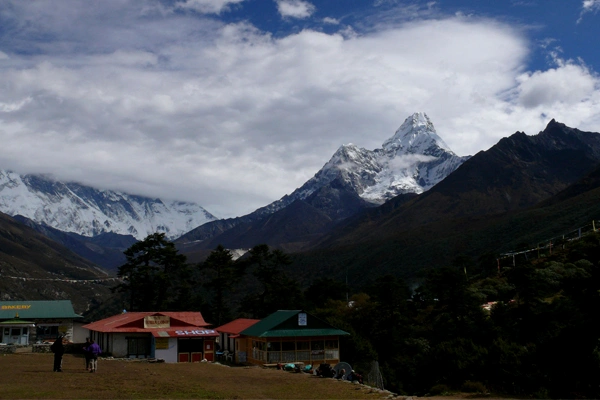The Manaslu Circuit Trekis an off-the-beaten-path trek and a hidden gem that beckons adventure seekers from around the world. This stunning trek offers an extraordinary blend of natural beauty, rich culture, and a sense of isolation that is hard to find on the more popular trekking routes.
Spanning approximately 177 kilometers in the western region of Nepal, the Manaslu Circuit Trek circumnavigates the majestic Manaslu, the eighth-highest peak in the world, and takes you through a breathtaking landscape of pristine forests, terraced fields, rugged trails, and serene villages.
However, doing the Manaslu Circuit trek requires different kinds of permits since the Manaslu trek revolves around the restricted area of Nepal. Furthermore, to get the Manaslu circuit trek permits there are certain rules and regulations which we will be discussing in detail on this blog.
Permits required for the Manaslu Circuit Trek
Restricted Area Permit (Manaslu RAP)
The Manaslu Restricted Area Permit (RAP) is a vital document for trekkers embarking on the Manaslu Circuit Trek, as it is essential to explore the restricted region between Jagat and Dharapani. The Manaslu region has been designated as a restricted area by the government of Nepal, primarily due to its proximity to the Tibetan border and the need to regulate tourism and other activities within this sensitive zone.
To obtain this permit, trekkers must go through a government-registered and licensed local trekking agency, which will apply for and collect the permit on their behalf.
This permit is required from Jagat, the entry point of the restricted area, all the way until you cross the village of Sama Gaun. Beyond Sama Gaun, another entry permit, known as the Annapurna Conservation Area Permit (ACAP), becomes necessary. Therefore, the Manaslu RAP essentially covers the area from Jagat to Sama Gaun, including the picturesque and culturally rich villages of Deng, Namrung, Jagat, Namlung, and Samagaon.
The cost of the Manaslu RAP is determined by the duration of your stay within the restricted area, making it important to plan your trek accordingly.
September to November: USD 100 per person for the first seven days and an additional USD 15 per person per day from the eighth day onwards.
December to August: USD 75 per person for the first seven days and an additional USD 10 per person per day from the eighth day onwards.
Manaslu Conservation Area Project (MCAP)
The Manaslu Conservation Area Project (MCAP) permit is an essential document for trekkers embarking on the Manaslu Circuit Trek, as it grants access to the Manaslu Conservation Area, a diverse and protected region covering approximately 1,663 square kilometers. This permit is required to enter the gates of the conservation area, with Philim serving as the starting point for showcasing this important document. Unlike the Manaslu Restricted Area Permit (RAP), the cost of the MCAP remains consistent throughout the year, offering a straightforward fee structure.
For SAARC Nationals, the MCAP fee is 10 USD, equivalent to NPR 1,000 per person, while for Non-SAARC Nationals, it is 30 USD, approximately NPR 3,000 per person.
Note: SAARC countries include Afghanistan, Bhutan, Bangladesh, India, Maldives, Nepal, Sri Lanka, and Pakistan.
Annapurna Conservation Area Project (ACAP)
The Annapurna Conservation Area Project (ACAP) permit is a crucial document for trekkers undertaking the Manaslu Trek, as it grants access to the Annapurna Conservation Area, a region known for its stunning natural beauty and diverse ecosystems. Similar to the Manaslu Conservation Area Project (MCAP) permit, the ACAP is required because the Manaslu Trek passes through this protected site, and it must be presented at the Dharapani entry checkpoint, a point from which it remains valid until Besi Sahar, marking the end of the trek. Importantly, the cost of the ACAP permit remains unchanged throughout the year, ensuring a straightforward fee structure.
ACAP for SAARC Nationals: 10 USD i.e. NPR 1000 per pax.
ACAP for Non-SAARC nationals: 30 USD i.e. NPR 3000 per pax.
Where can we purchase the Manaslu Circuit Trek Permits?
In Kathmandu, theNepal Tourism Board on Pradarsani Marg is the designated location for obtaining both the Annapurna Conservation Area Permit (ACAP) and the Manaslu Conservation Area Permit (MCAP). This office operates from Saturday to Sunday, with the exception of public holidays, and maintains opening hours from 9 a.m. to 5 p.m.
If you happen to be in Pokhara or Lamjung and require the ACAP, you can visit the Nepal Tourism Board office located in Lakeside. This branch is accessible from Saturday to Sunday, excluding public holidays, and welcomes visitors from 10 a.m. to 5 p.m.
For trekkers starting their journey from Besisahar in Lamjung and specifically seeking the ACAP, there is an ACAP Entry Permit counter. This counter operates on Saturdays to Sundays, except on public holidays, with hours of operation from 10 a.m. to 5 p.m.
Documents required for the Manaslu Circuit Trek Permits
When planning to obtain permits for the Manaslu Circuit Trek, you will need to submit specific documents to the concerned authorities along with the necessary fees. These documents are crucial for the permit application process. According to the government of Nepal, the following documents are typically required:
- Valid original passport.
- Four passport-sized photos.
- Nepalese visa.
- Papers confirming your travel insurance coverage.
- Copies of your flight tickets indicating your arrival and departure details.
- Scanned copies of your passport
While you may not need all of these documents for every permit, having them prepared in advance can significantly streamline the process and ensure a hassle-free experience.
Frequently Asked Questions
Can I obtain permits on my own, or do I need to use a trekking agency?
You can obtain ACAP and MCAP by yourself but you need a local trekking agency to issue the Restricted Area Permit.
Can I obtain permits on arrival in Nepal?
Generally, trekking permits must be obtained in advance in Kathmandu or Pokhara. Permits on arrival are not typically available.
What happens if I trek without the required permits?
Trekking without the necessary permits is illegal and can result in fines, deportation, or other legal consequences. It also undermines conservation efforts and negatively impacts local communities.




